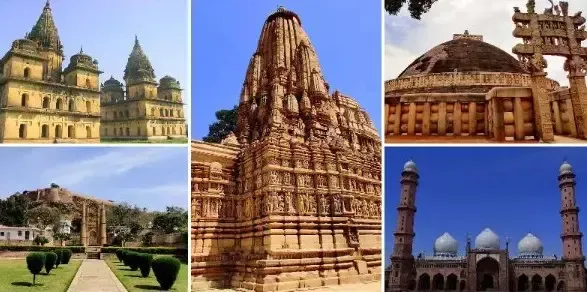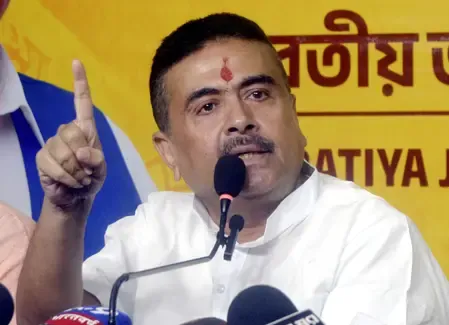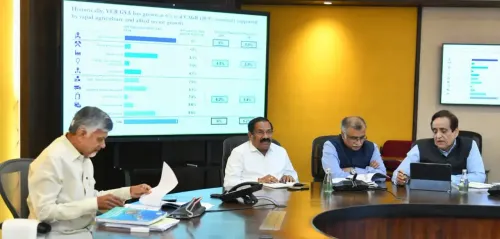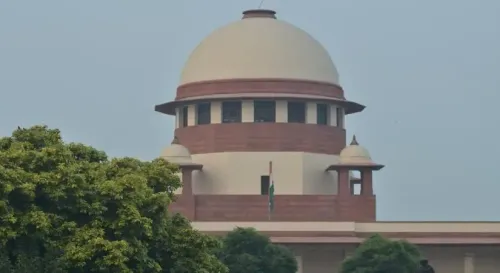UNESCO Includes Four Historical Sites from Madhya Pradesh in Its Tentative List

Synopsis
Key Takeaways
- Four historical sites in Madhya Pradesh recognized by UNESCO.
- Inclusion brings total UNESCO sites in the state to 18.
- Ashokan edict sites are among the earliest written records in India.
- Chausath Yogini temples reflect ancient tantric traditions.
- Chief Minister highlights state's dedication to heritage conservation.
Bhopal, March 12 (NationPress) Four significant heritage sites in Madhya Pradesh -- the Ashokan edict sites, Chausath Yogini temples, Gupta period temples, and the fortresses of the Bundela dynasty have received acknowledgment from UNESCO.
These sites, scattered across the state, have successfully made it to the tentative list for potential inclusion in UNESCO's World Heritage sites.
Consequently, Madhya Pradesh now boasts a total of 18 UNESCO World Heritage sites, comprising 15 in the tentative list and 3 in the permanent list.
Currently, the state hosts three UNESCO sites on the permanent list: the Khajuraho temple complex, Sanchi Stupa, and Bhimbetka, all situated in Raisen district.
The Ashokan edict sites, located along the Mauryan routes, represent India's earliest written records, featuring rock and pillar inscriptions that convey Emperor Ashoka's messages on Buddhism, governance, and ethics, preserved for over 2,200 years.
Visitors to Madhya Pradesh can explore the Sanchi pillar edicts, Rupnath minor rock edicts in Jabalpur, Gujjara minor rock edicts in Datia, and Panguraria Minor rock edicts in Sehore.
Meanwhile, the Chausath Yogini temples, dating back to the 9th-12th centuries, embody tantric traditions with their distinctive circular, open-air designs, intricate stone carvings, and significant spiritual value, located in Khajuraho, Morena, Jabalpur, Mandsaur, and Shahdol districts.
The Gupta-era temples included in the tentative list are the Udaigiri temple in Vidisha, Nachna temple in Panna, Tigawa temple in Katni, Bhumara temple in Satna, Sakor temple in Damoh, Deori in Sagar, and Pawaya in Gwalior, as stated by the Madhya Pradesh Tourism department.
Additionally, the palace-fortresses from the Bundela era, including Garhkundar, Raja Mahal, Jahangir Mahal, and Datia Palace, have also been added to the tentative list.
On this occasion, Chief Minister Mohan Yadav expressed his delight, stating that the acknowledgment of these historical sites highlights the state's commitment to heritage conservation and sustainable tourism.
"Under the guidance of Prime Minister Narendra Modi, the state has reached another significant milestone in showcasing its cultural heritage on the global platform.
This recognition reflects the state's dedication to preserving its priceless heritage," Chief Minister Yadav remarked.









